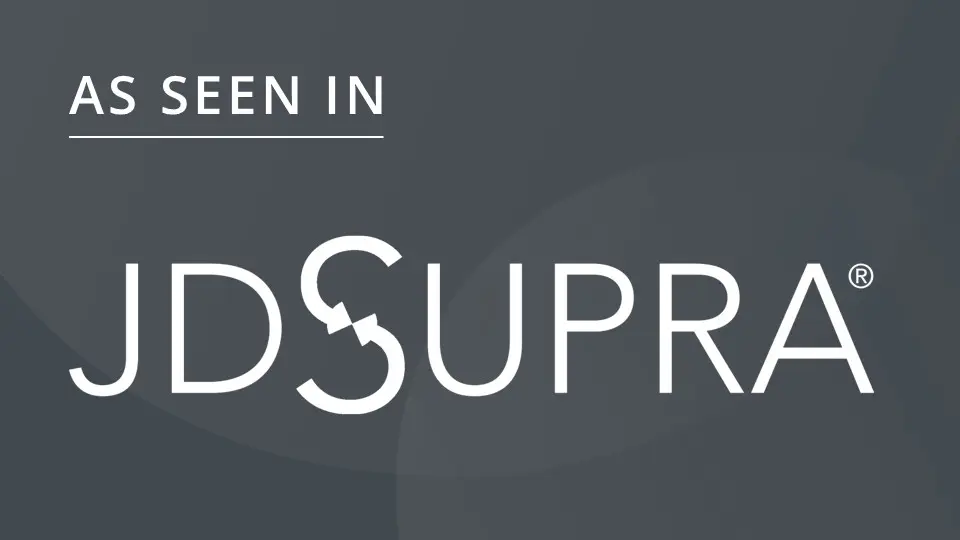Adversary Proceedings in Bankruptcy: What to Expect and Why They Matter
May 19, 2025

You may recall Rudy Giuliani’s recent legal woes. First, he lost a defamation lawsuit and faced a judgment of $148.1 million. Then, after he filed for bankruptcy protection, he faced an adversary proceeding to determine his ownership of certain high-value assets (e.g., luxury watches, and a Mercedes once owned by Lauren Bacall) and whether they need to be turned over to the judgment creditors to cover the $148.1 million defamation judgment that remained unpaid.
But Giuliani’s bankruptcy is not the only one that raises wide-ranging legal issues. In the Purdue Pharma bankruptcy, the court needed to address the thorny issue of whether the third-party liability releases could be effective to shield the Sackler family from liability for opioid-related claims.[1] And who could forget the fallout from the Madoff Ponzi scheme, which generated countless adversary proceedings to claw back fraudulent transfers?
These high-profile cases highlight how contentious bankruptcy litigation can be, but these proceedings are not just for the famous or large corporations. Filing for bankruptcy can relieve overwhelming debt, but it is not always straightforward. While many bankruptcy cases can proceed without significant disputes, some conflicts require formal litigation within the bankruptcy system. These disputes are handled through adversary proceedings, essentially lawsuits within a bankruptcy case.
Understanding adversary proceedings is essential for businesses of all sizes and anyone navigating bankruptcy, as they can affect the outcome of debt settlement and asset distribution.
Whether you are a company restructuring through Chapter 11 or a creditor seeking to recover what you are owed, understanding the nature of these disputes is crucial. It is also necessary to ensure that your bankruptcy legal team has the skill sets to handle these additional lawsuits, as they require expertise beyond standard bankruptcy proceedings.
What Is an Adversary Proceeding?
An adversary proceeding is a lawsuit within a bankruptcy case. It is more than just a contested motion – an adversary proceeding follows a specific set of procedures, much like a standalone lawsuit. Creditors, trustees, or debtors often bring these proceedings to resolve specific legal disputes that could impact the bankruptcy proceedings.
Three of the most common reasons for adversary proceedings include:
Fraudulent Transfers: If a debtor transfers assets to another party before filing for bankruptcy, presumably to shield them from creditors, the bankruptcy trustee may file an adversary proceeding to recover these assets. For instance, a business owner transferring assets to close family members before bankruptcy might face an adversary proceeding from the trustee.
Preferential Transfers: When a debtor pays certain creditors over others shortly before filing for bankruptcy, the trustee might challenge these payments to ensure equal treatment of all creditors.
Objections to Debt Discharges: A creditor or trustee may challenge the discharge of certain debts, alleging fraud, misrepresentation, or other misconduct. Others may argue that a particular debt, such as debts incurred through fraud or certain tax obligations, should not be wiped out in bankruptcy.
While adversary proceedings can be disruptive, they are necessary for ensuring fairness in bankruptcy matters. For example, in the TOUSA case, creditors successfully argued that payments made to lenders before bankruptcy constituted fraudulent transfers, resulting in a court-ordered clawback to ensure equal distribution among creditors. Similarly, in the Madoff Ponzi scheme proceedings, the trustee sought to recover funds withdrawn by investors who cashed out before fraud was exposed, preventing an unfair windfall at the expense of other victims.
What to Expect in an Adversary Proceeding
If you find yourself involved in an adversary proceeding, there are specific steps you must follow. Preparation is key, and legal guidance is essential to understanding your rights and options.
Complaint & Answer: The party bringing the claim (plaintiff) files a complaint outlining allegations. The opposing party must respond within a specified timeframe with an answer or a motion to dismiss.
Discovery Phase: Both sides gather and exchange evidence, including financial records, depositions, and expert testimony, to build their cases.
Motions & Hearings: Some cases may be resolved through pre-trial motions or settlements, thereby avoiding trial.
Trial: If no resolution or settlement is reached, the case proceeds to trial before a bankruptcy judge, who will decide.
Appeals & Enforcement: If a ruling is contested, parties may appeal to a higher court.
Adversary proceedings play a crucial role in bankruptcy, addressing disputes that cannot be resolved through standard filings. Whether you are a creditor seeking to recover funds, a debtor protecting your discharge, or a trustee ensuring fair treatment of creditors, understanding adversary proceedings can help you navigate the complexities of bankruptcy litigation. Adversary proceedings can have serious financial and operational consequences. Understanding what they are and how they work is essential for any business navigating bankruptcy litigation. Seeking professional legal counsel is the best step toward a favorable resolution.
[1] Although not decided in the context of an adversary proceeding, the third-party liability release issue in Purdue Pharma is an example of the variety of litigation-related issues that arise in the overall context of bankruptcy.
Recent News & Insights
November 4, 2025 | Publications
When a Contract Comes Back to Bat: Defenses to Voiding Contracts


